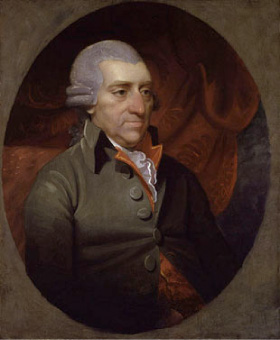The History of The Howard League

The History of The Howard League
John Howard
The Howard League is named after John Howard, the founder of the penal reform movement. Between 1775 and 1790 John Howard made seven journeys across Europe in search of a humane prison system for English gaols to follow. He conducted these investigations on his own and financed them himself. An interesting short biography of John Howard is given on the website of the John Howard Society of Canada.
The Howard Association
In 1866, the Howard Association was formed. Although it was almost eighty years after the death of John Howard, the founders felt that there was a need to campaign for reform in the independent style practised by its namesake. The aim of Howard Association was the “promotion of the most efficient means of penal treatment and crime prevention” and to promote “a reformatory and radically preventive treatment of offenders”. In its first annual report in 1867, the Association stated that its efforts had been focused on “the promotion of reformatory and remunerative prison labour, and the abolition of capital punishment.”
The Penal Reform League
The Penal Reform League was founded in 1907 with Arthur St John as Secretary. In 1918, Margery Fry became Honorary Secretary and it was under her guidance that the Howard Association and the Penal Reform League merged in 1921 to form the Howard League for Penal Reform.
The Howard League in Scotland
Although based in London, the League had several Scottish members who over 40 years ago formed an active branch. This branch focused on problems of the Scottish courts and legal system, liaising with and influencing Scottish MPs, civil servants, the Judiciary and of course the prisons themselves. It was evident that if it were to respond effectively to the unique needs of the Scottish penal system then a separate Scottish organisation was needed. In consequence, the Howard League for Penal Reform in Scotland, known as Howard League Scotland, was formed in 1979. It has continued to flourish as an independent body ever since, and of course, took on a new relevance and enhanced role with the re-establishment of the Scottish Parliament.
